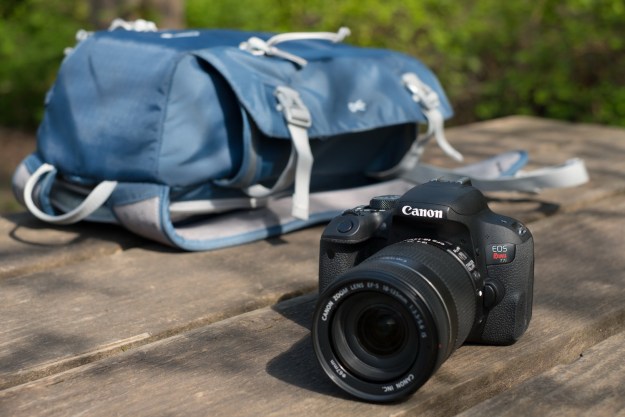Digital tours presented in a 360-degree perspective are the closest thing to exploring a new location in real life — and now Google is helping anyone create a tour, no images required. Google Tour Creator is a tool designed to simplify the process of creating a virtual tour. After launching on May 9, Google Tour Creator has added support for photos from the Cardboard Camera app on August 7, making it possible to create a tour with unique photos without actually owning a 360 camera. Users can start with their own 360 photos — or use existing images from Google Street View instead.
Tour Creator is designed for students, teachers, and pretty much anyone who doesn’t have the tech savvy to create a virtual tool using advanced tools, including potential applications for realtors and small businesses. Google says the tool simplifies the creation of those tours, offering pro-level tours without the learning curve.
The program allows users to add multiple scenes to a single tour. At the start, Tour Creator prompts users to start with a name and a photo. Then, the Tour Creator can generate multiple scenes within the same tour using uploaded 360 content or by searching for a location on Google Maps to upload Street View content instead. The program also allows users to add in points of interest as well as descriptions in each scene.
In a blog post on May 16, Google shared the different ways businesses, non-profits, and publications are already using the tool. Real estate company Moinian Group is using the tool for tours of luxury apartments — but such business applications aren’t limited to real estate. Time Out New York is now using Tour Creator to give readers an immersive feel for the location in its stories, while Spectrum Designs, a non-profit that hires autistic adults, is using the tool to introduce new employees to the office.
With Google’s announcement, Ricoh also announced compatibility with Tour Creator using the Theta V 360 camera. Ricoh says the Theta V’s simple design is a solid match for the Tour Creator’s simplified design, allowing the camera’s immersive videos to be used inside Google’s new tool. (Earlier this year, Ricoh announced its own tour tool designed for real estate.)
New compatibility with the camera mode inside the Cardboard Camera app allows users to create a tour using a smartphone instead of a dedicated 360 camera. Google says that support for 180VR format will also be coming to Tour Creator at a later date, including support for the 180 files from the Lenovo Mirage.
“Tour Creator and Theta V are perfectly paired in that they both combine powerful capabilities and ease of use, making it very simple for people to create and share stories,” Kaz Eguchi, the president of Ricoh Imaging Americas Corp., said in a statement. “There is a perception that creating VR is costly and difficult, but this doesn’t have to be the case. This isn’t the case. We are excited to bring the benefits of immersive imaging to a broad audience.”
After creating the tour, the software can publish the content to Poly, Google’s library of immersive content. Using Poly, the tour can then be shared or embedded into another website for viewing online or with Google Cardboard. Google also plans to make Tour Creator compatible with Expeditions, Google’s platform that allows students to explore locations around the world in 360.
Google tested the software in remote high schools, allowing students to create tours of their schools and hometowns using the Theta V and the new Tour Creator software. The software is now available online.
Updated on Aug 8 to add support for 360 images from Cardboard Camera.




